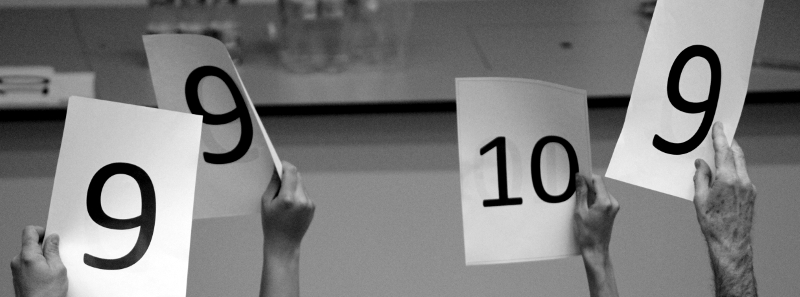Concept of the IPT: the Physics Fights
Three roles
 Reporter The Reporter has 10 minutes to expose his solution to a problem. Then, he/she has to defend his answer and points of view during the following discussions. |  Opponent The Opponent has to explain in 5 minutes the weaknesses and eventual errors of the Reporter's solution. The Opponent then participates to the discussion to improve the Reporter's solution. |  Reviewer The Reviewer will review both the Reporter and the Opponent performances. His role is to help the jury decide their marks by pointing out the progresses made during the discussions. |

Exemple of problems of the IPT 2017
Handy glider
It is possible to make small gliders with paper and to make them fly for a very long time by putting your hand below the glider during flight. Explain the physics behind this phenomenon and describe the optimal set of parameters for the best control of the glider.
Popcorn
At a certain temperature, popcorn bursts open, jumps and emits a ‘pop’ sound. Devise a method to estimate the jump height of the corn kernels based on measurements of the sound of the pop and determine the limits of the precision in your chosen method. Typical parameters for consideration may include the type of corn, initial positioning of corn, heating mechanism, heat, heating rate, kernel coupling, etc.
LEGO Tower
A LEGO mold, water and gelatin can be used to produce jelly, or ‘gummy’ LEGO bricks. It is possible to build towers using these gummy LEGO bricks in the same way as can be achieved with their plastic counterparts. What is the maximum height of gummy LEGO tower that can be built and how does this depend on the concentration of gelatin in the bricks?
